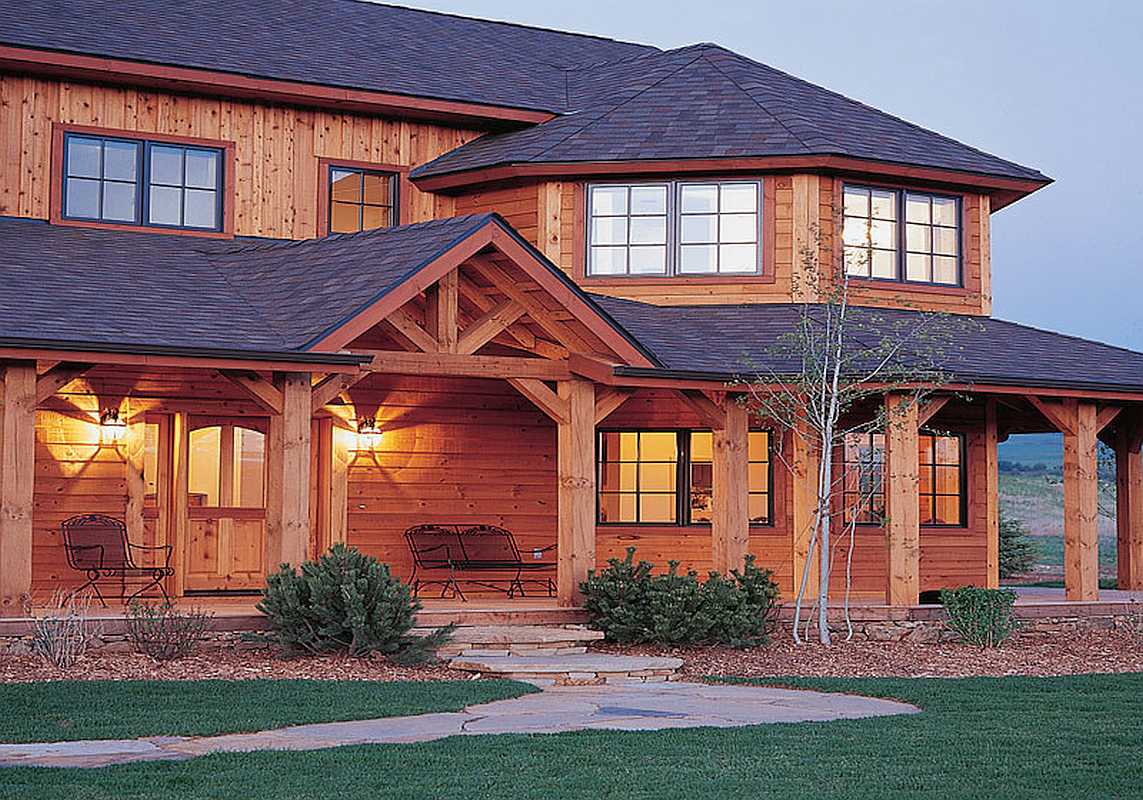Whether you are dreaming of fully financing a log home, or are a cash buyer who may need a supplemental loan for your build, it’s helpful to understand how construction loans work.
We turned to four experts in the banking and mortgage industries who finance log homes, and asked them for their advice. Here, they provide their outlook on the latest in interest rates, ways to make the loan process go more smoothly, how to manage the draw schedule, and much more. We are grateful to our following four colleagues for providing valuable insights.

INTEREST RATES
What is your outlook on interest rates going forward?
Tom Coronato:
We don’t ever know for certain where rates will go, but the time to lock in could be the week before the impending rate cut. Because the euphoria will happen right after the rate cut, and then people will start jumping into the market.
It’s always about the payment. There are programs where you could put someone into a higher rate with a lower payment. People often care more about the size of the payment and the rate becomes less relevant. If you can lock in at 6% and you can afford the payment, that is a great scenario.
Michael Marsh:
Rates are coming down almost like a point and a half from their highs. And if inflation is going down, you’re going to see rates go down. No one’s got a crystal ball, but the quarter-point rate reductions is what we anticipate. It can really impact mortgage rates if it actually goes to a 1/2 point rate reduction.
All of the indicators pre-, during, and post-COVID are almost invalid right now. It’s a whole new world. For example, last March rates went up three-quarters of a point, but then rates came down. It’s just one of those questions that’s really hard to answer, because no one really knows. As long as inflation keeps going down, we’re going to see a trend down in rates.

GETTING ORGANIZED
What is the best way to get organized before I approach a banker for a construction loan? What do I need to pull together?
If you’re the average person, and what I mean by average is you’re not self-employed or you don’t have a lot of rental properties or something like that, then the main thing we need is 30 days’ worth of pay stubs, a photo I.D., and at least last year’s W-2 forms. We have to establish a two-year work history. If you’ve had more than one job over the last two years, then we’re going to ask for two years of W-2 forms, and that pretty much can get us started – just those three simple things.
What is the payment structure? Any tips on creating a proper draw schedule for the general contractor?
Before the loan closes, we figure out the draw schedule. We normally go by the draw schedule set by the builder, and there will be inspection points for those funds. The build time frame can last anywhere from 6 to 12 to 18 months. Some banks will not lend on 18 months, and others will.
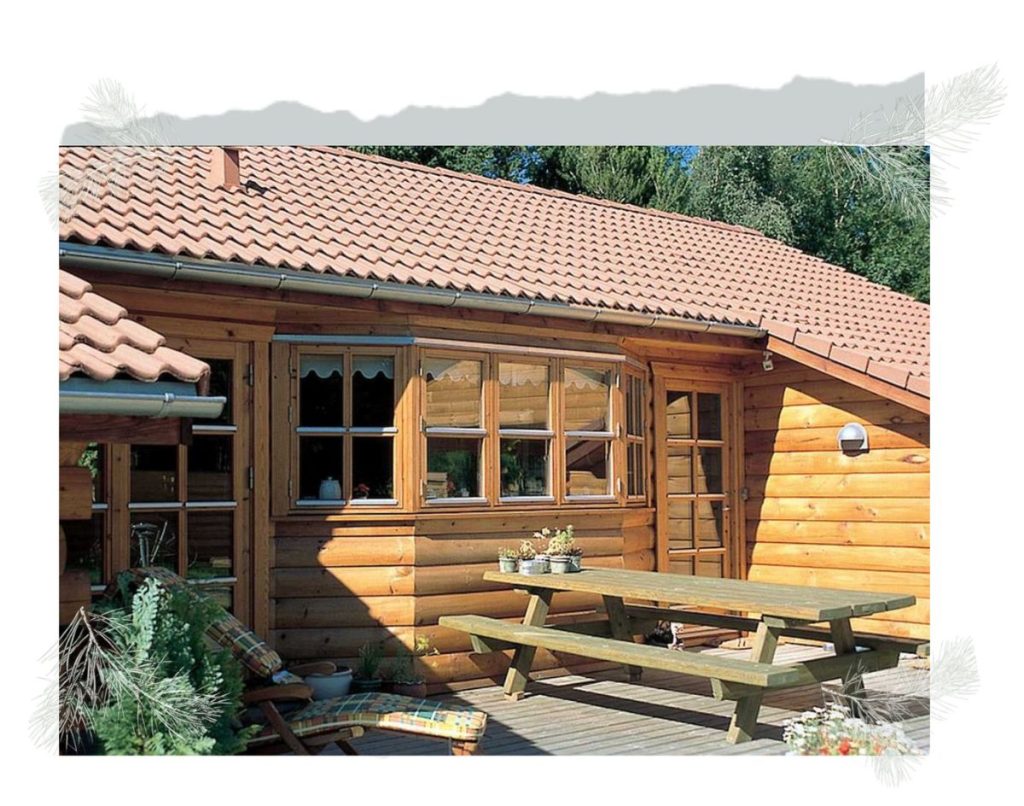
BUDGETING
What should I include in my budget for a construction loan?
Besides understanding the actual costs of the home, what else can I expect to pay in terms of interest rates and additional fees?
Rhonda Croft:
The biggest things are the soft costs – people forget all of those. These include costs that are involved with construction – closing costs, permits, engineering costs, and survey costs. For instance, if you have to do a survey on your land for any reason, those can all add up. In some areas, you can do a building permit literally for $150.00, and in other areas, such as where I live in Colorado, I’ve seen permits to the tune of ten grand. So it depends on where you live.
Tom Coronato:
We’re going to ask a lot of questions that you may not know the answer to, and it’s perfectly fine that you don’t know the answer. The probing questions that I will have are, do you own the land, and if you do, how much is it worth? If you don’t know, that’s fine – we can get on Zillow and Redfinrealtor.com and figure that part out. The next question I’m going to ask is, what do you think your budget is, and your response should be, as cheap as possible.
If it’s $100,000 for the land and $300,000 to build, you can say, okay, $400,000 total. And then we have to say, if you were building for $400,000, what do you think it’s worth? And you’re going to say, I don’t know. Well, again, perfectly acceptable answer – let’s get on Zillow. What are you building – a 1500 square-foot building, 3-bedroom, 3-bath, let’s find the town that you’re in. If you are the only $400,000 house in that town, you may have a problem. If many houses are 3-bedroom 3-bath, 1500 square feet at $500,000, no problem, because you have excess equity.
Bob Tuttle:
If you own the land, which is a bonus, it depends what stage the land is in – is it approved or unapproved? Is there water and sewers, or is it on septic? Is there a road, is there power? So, there are all kinds of questions just about the lot itself. The rule of thumb for cost to build right now is about $300.00 to $350.00 a square foot. If you own the land, you might be like $250ish per square foot. So, if you already own the land, more times than not you won’t have to pay PMI, because the appraisal should be high enough that your house should be less than 80% of the value of the land.

THE LOAN PROCESS
What are the best ways to make sure the loan approval process goes smoothly for me?
Rhonda Croft:
Here is a scenario that can slow things down: sometimes, the general contractor pads the estimate with a certain set of allowances. Then I get the appraisal, and it doesn’t come in high enough because of all those extra numbers that were added. So, I have to go back to the contractor and ask for the real cost. Things like this can delay closing by another month, depending on how long it’s going to take the general contractor to go back to the subcontractors to get the correct numbers.
If I have an accurate budget to begin with, I will have you closed within 30 days from that budget. If you are guessing at numbers – for instance, saying that cabinets are going to cost you $30,000 when you don’t know what type or how many cabinets you’re ordering, then chances are that your budget is not very accurate. Once I put all of a customer’s numbers together on a spreadsheet, I may have to tell them something along the lines of this: based on what I qualified you at, you now need to bring $50,000 to closing. And nine times out of ten, they’ll say, well, I don’t have that much. And I say, you may not actually need it, but I’m basing this on your general contractor’s numbers. So, you have to get an accurate cost upfront, because otherwise, it just doesn’t pan out. So, the important factor for making everything go smoothly is to make sure you have the right numbers for your job.
Michael Marsh:
My best advice for making the loan process go smoothly is to get pre-approved. This involves checking out your credit score, looking at your financial background, and seeing if you’re even a good candidate for this.
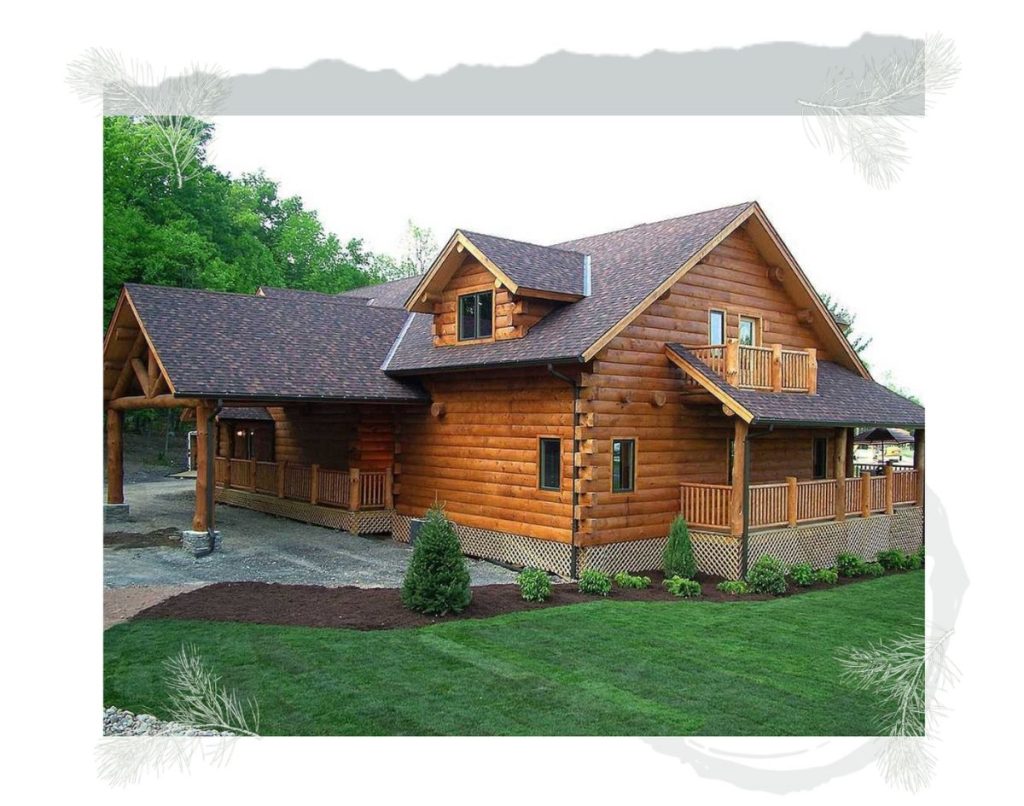
TIMELINES AND DRAW SCHEDULES
What factors should I consider regarding the timeline of preparing for, obtaining, and disbursing the loan?
Rhonda Croft:
We give everybody a 12-month build time. But almost all of my log home properties seem to go over that 12-month time frame, which can be a source of contention for our bank. That’s probably why some lenders choose not to do log homes – it’s just because they seem to have a more difficult timeline.
I just tell people straight up from the very first conversation – if someone tells me, I really want to get this started in the next two months, I’m blatantly honest with them and say, I guarantee that your contractor is not going to have numbers to you in two months. Also, some counties are more particular than others. I have a gentleman right now who has been closed on his construction loan for almost a year, and he has not dug a hole yet because he has had to redraw his plans multiple times to meet the county requirement. So, you should know your county requirements up front. There is no one-size-fits-all timeline because it’s different everywhere, often depending upon your contractor.
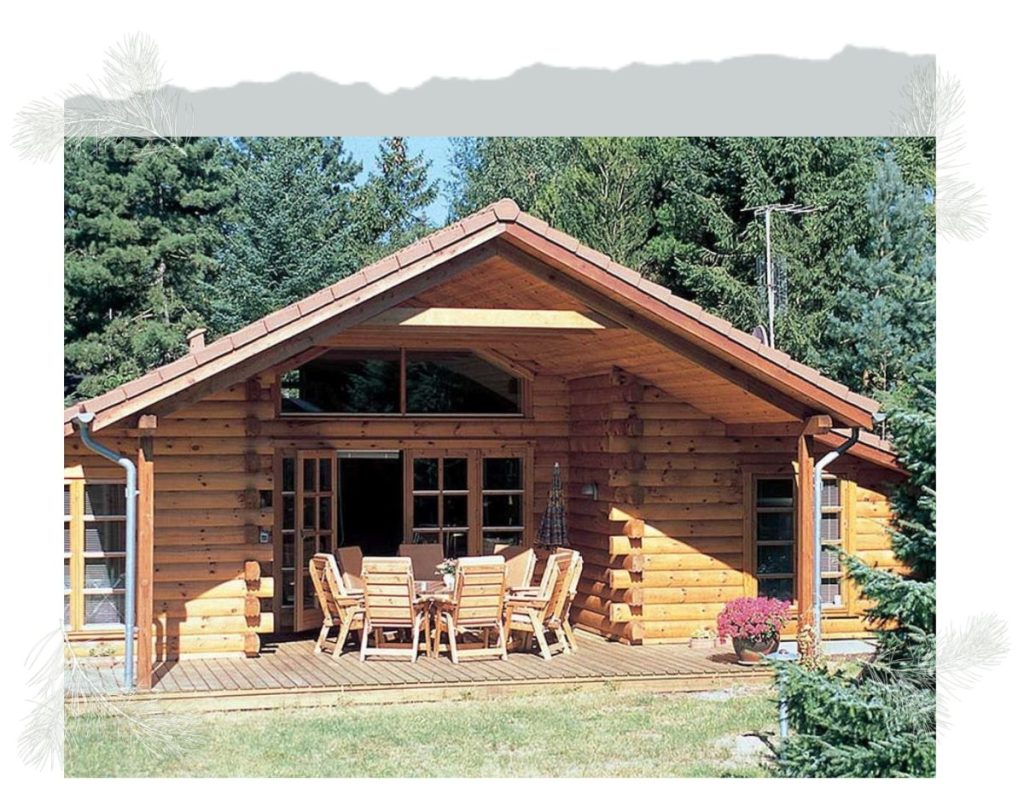
BUY-DOWN PROGRAMS
How can I use a buy-down program to make my home more affordable?
Bob Tuttle:
This is a fairly common thing that people are doing these days to get people to be able to buy the homes. There are two kinds of buy downs – a temporary and a permanent buy down. For instance, with a temporary buy down today, you may get locked in at a 6% rate overall. For your first year, you’re only paying 4%, and it then gradually increases to 5% and then 6%. For a permanent buy down, you are paying two points or whatever and then your rate goes down to like 5 3/4% forever.
Sometimes people can offer to pay closing costs and then I’ll do the buy down for them. For instance, I can give them a 6% rate with zero points, or five and three quarters with one point. And then they might get $5,000 generic credit to pay closing costs. Or it can be applied to the buy down.
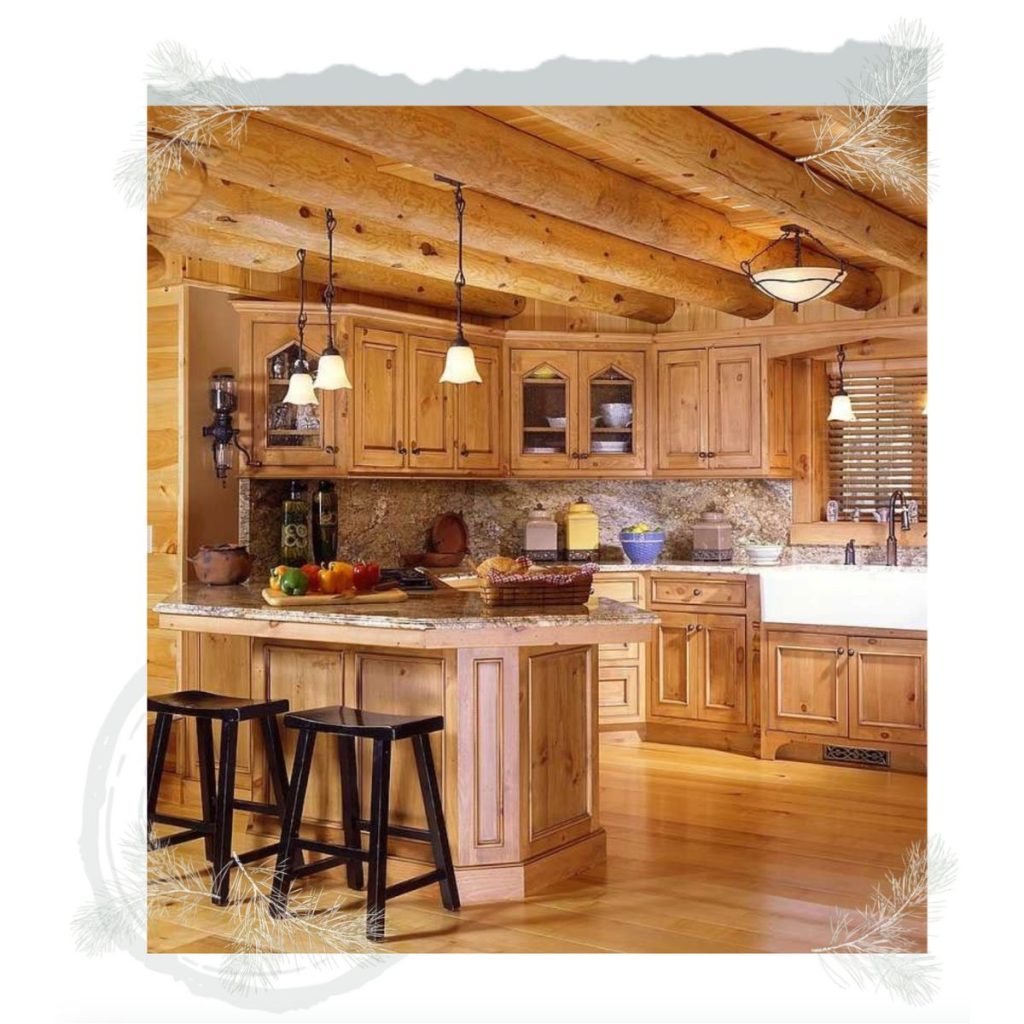
WHEN YOUR PROJECT CHANGES
Can I make changes to my project after the loan has been approved?
Rhonda Croft:
The short answer to making changes is yes, in some cases you can, if it’s nothing too major and as long as you’re within budget. If you are going to make a huge change, that’s a different story. For example, I had a phone call this morning with someone who made major changes to their plan without telling us. They completely changed the septic system and changed to a higher-grade HVAC system, and now they’re out of money. At this point, it’s almost like starting over. I have to tell them that I need all new costs moving forward for what it will take to complete the project. Then we have to order a new appraisal to see if the value is even going to cover the new costs.
What happens if I go over budget on my project?
Bob Tuttle:
We have a contingency amount. If the construction cost is $300,000 we will either do a 5% or 10% contingency, and we also roll that into the loan – so we’ll put an extra $15,000 or $30,000 into the loan for those situations. All you need to do is submit a change order if you want to add a better door or whatever. If you come in under budget, we just lower the loan amount and that’s what you pay.
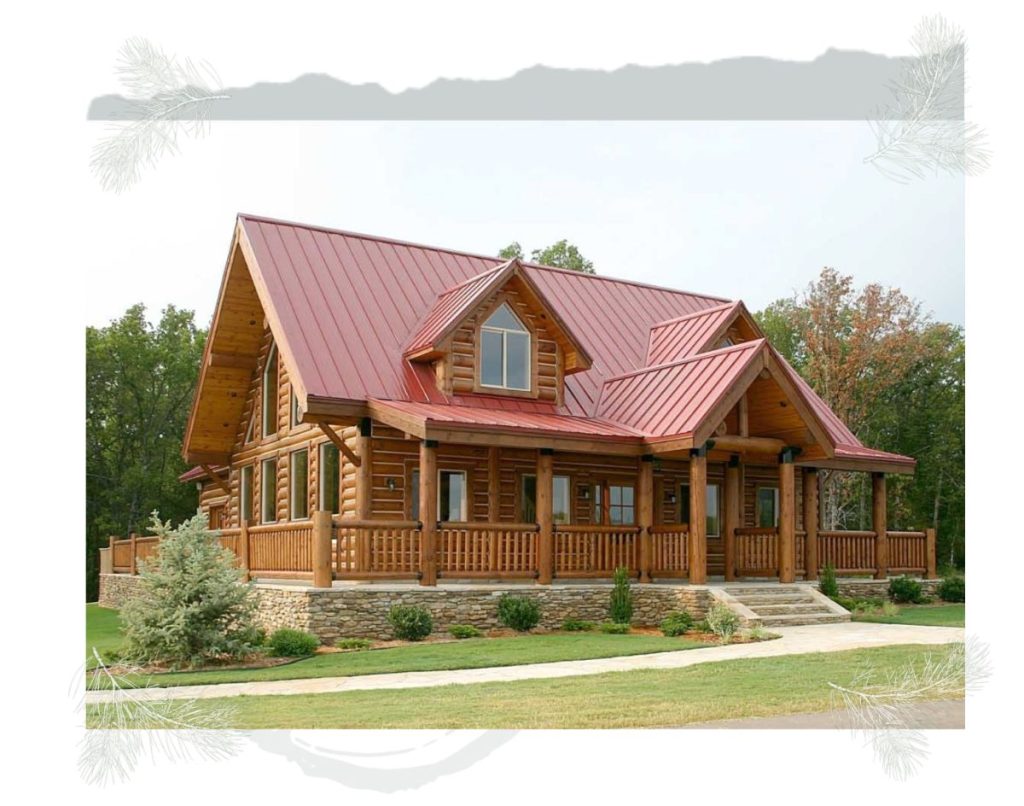
TRANSITIONING FROM AN EXISTING HOME
Do you have any tips on selling my home so I can buy a new home – anything you can do creatively with financing?
Tom Coronato:
It’s not natural for people to want to have two mortgages, with one on a departure residence and the other on a to-be-built residence. Normally they’re going to be selling one to occupy another, but not always. So our borrowers look at options such as, do you sell before the build and move into temporary housing, or do you sell after the build? You can draw a home equity line out of the departure residence early, which you can use to buy the land, or maybe you can finance some of the build.
I have some customers who absolutely will not have dual mortgages at the same time. They would rather just sell and get rid of it, and then live with in-laws while they build. And then I have other customers who say, hey, if I don’t have to move twice and you can get creative, I’ll do that. Either way, being prepared for those moments at the end of the construction loan by having some extra cash lined up ahead of time is probably a good thing.

What is your best pro tip for financing a log home?
Michael Marsh:
You need to choose a good builder, know their experience, and make sure the builder is “Johnny on the spot” with the paperwork.

